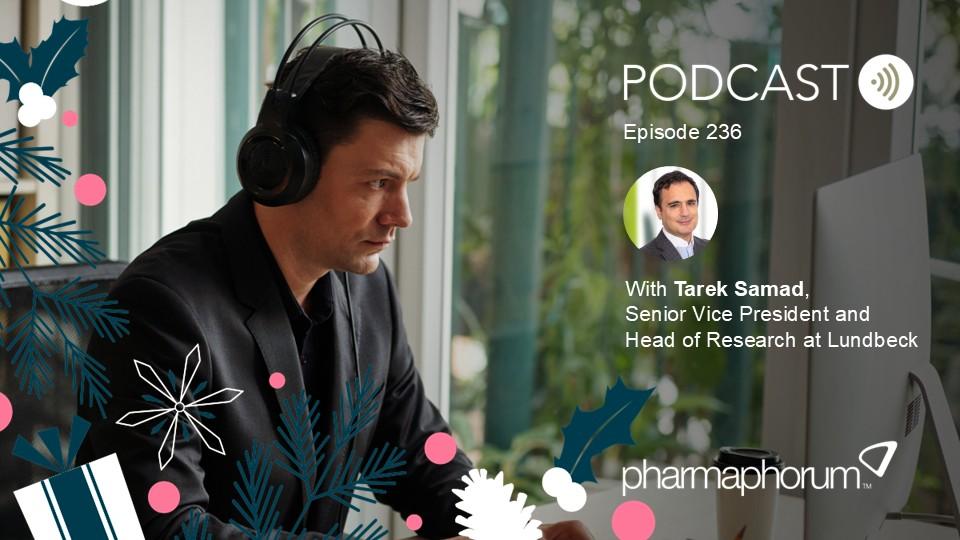How to make pharma marketing content unskippable

As long as pharma companies could afford an army of reps to get their advertising messaging directly to HCPs, healthcare marketing and advertising was largely immune to the habit of ad-skipping.
Not so consumer marketers, for whom ad-blocking technology has been hampering their promotional efforts for some time now. In doing so it has made it harder than ever to maintain brand salience, and ravages not only profits, but also the skills and talents of the big media holding companies and their agencies.
As pharma marketing budgets migrate away from the traditional sales force and towards greater use of digital content, chief marketing officers in the industry are beginning to face the same paradox that confronts their consumer counterparts.
Just as data, technology and real-time insights have made it possible to connect, measure and adjust brand messaging at every point of the customer journey, pharma’s key audiences of HCPs, nurses, patients and payers are finding ways to avoid consuming traditional healthcare messaging both on and offline.
So, the time has come to review the traditional pharma approach to brand planning, message development and media buying by following the example of the world’s fastest growing consumer brands.
Those that succeed at this will do so by reducing or removing completely the physical, emotional and informational friction that currently intervenes between buyers and sellers.
In many cases this can be done simply by facilitating purchase and delivery, but it also increasingly requires the removal of the kind of brand noise that very often turns the expected customer response of attraction to repulsion.
As we explain in our new book Skip Ad in 5: The Ad-Blocker’s Guide To Brand Planning, pharma is in prime position to capitalise on the trend.
HCPs would rather prescribe by the molecule than by brand, yet an enormous amount of time, effort and resource is wasted by pharma marketers on the brand components of marketing.
The brand positioning, brand personality and general information overload that so often accompanies brand messaging development almost always prove to be skippable forms of friction.
Pharma CMOs should focus instead on friction identification and friction removal as the starting point of all strategy.
Brands that survive the cut, whether they’re the product brand or – more frequently – the company brand, will be those that can offer something more than the molecule.
To do this they must be located in one or more of four ‘currencies of growth’:
- Affiliation, which implies some version of membership, subscription or belonging
- Purpose, which requires an authentic and demonstrable intention to improve an entire social or healthcare category
- Free access to relevant, useful or interesting information as part of the contract between buyer and seller
- Utility, whereby the corporate brand acts as a friction-free intermediary between the HCP and a wide range of possible products or services.
It's all change. Get a headstart on 2019 with a radically different approach to strategy.
- Download a free Kindle edition of Skip Ad in 5: The Ad-Blocker’s Guide To Brand Planning or purchase it in paperback
About the authors
 Gordon Torr is a former Global Creative Director of JWT, Head of Strategy at Langland and FCB Health, international conference speaker, author of Managing Creative People, three novels, and co-author of Skip Ad in 5.
Gordon Torr is a former Global Creative Director of JWT, Head of Strategy at Langland and FCB Health, international conference speaker, author of Managing Creative People, three novels, and co-author of Skip Ad in 5.
Faisal Ahmed has worked at FCB Health,  Langland, Perform Group and Amazon in various digital and marketing roles and has co-authored digital unlocked with Paul Tunnah, the first guide to pharmaceutical digital marketing. He also launched the first diversity in advertising initiative.
Langland, Perform Group and Amazon in various digital and marketing roles and has co-authored digital unlocked with Paul Tunnah, the first guide to pharmaceutical digital marketing. He also launched the first diversity in advertising initiative.











